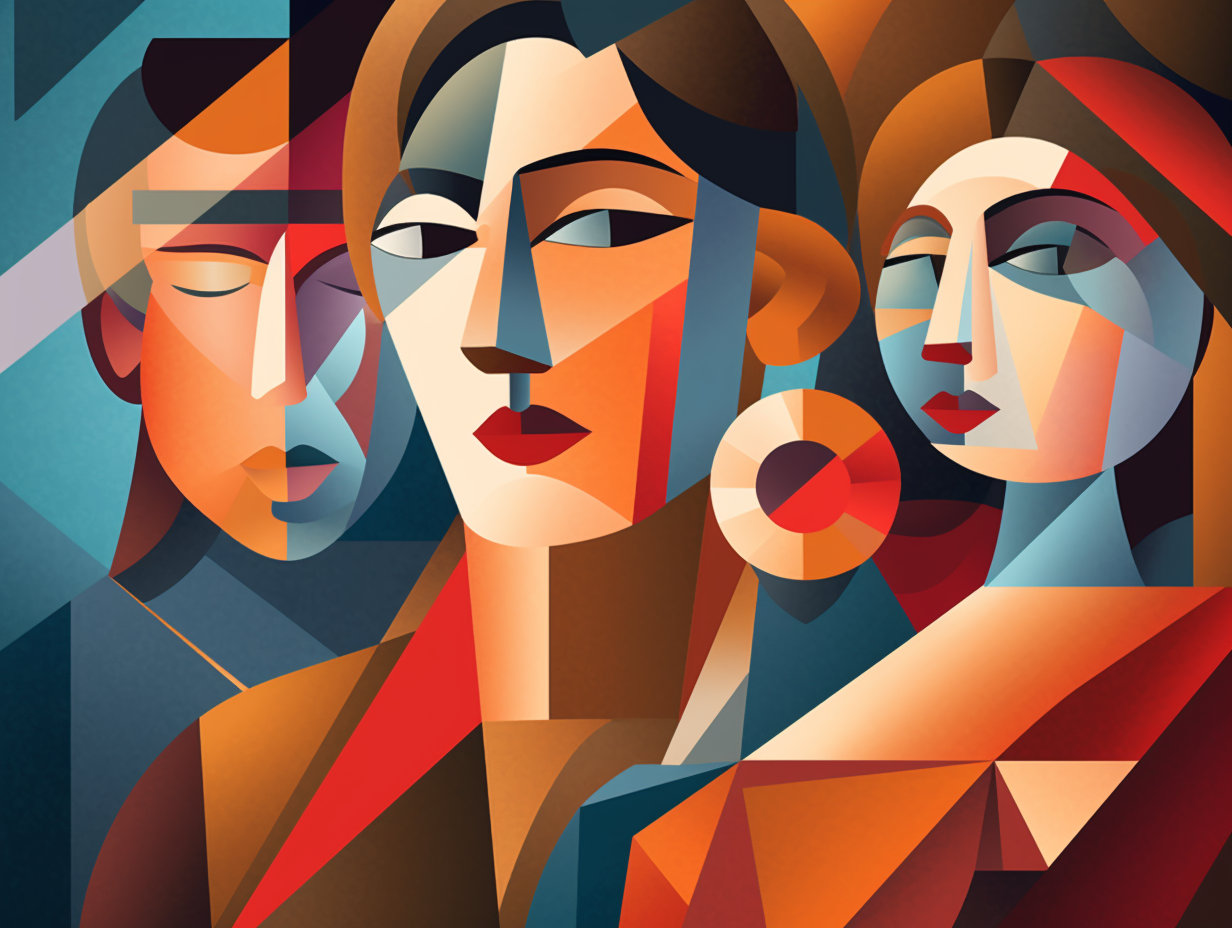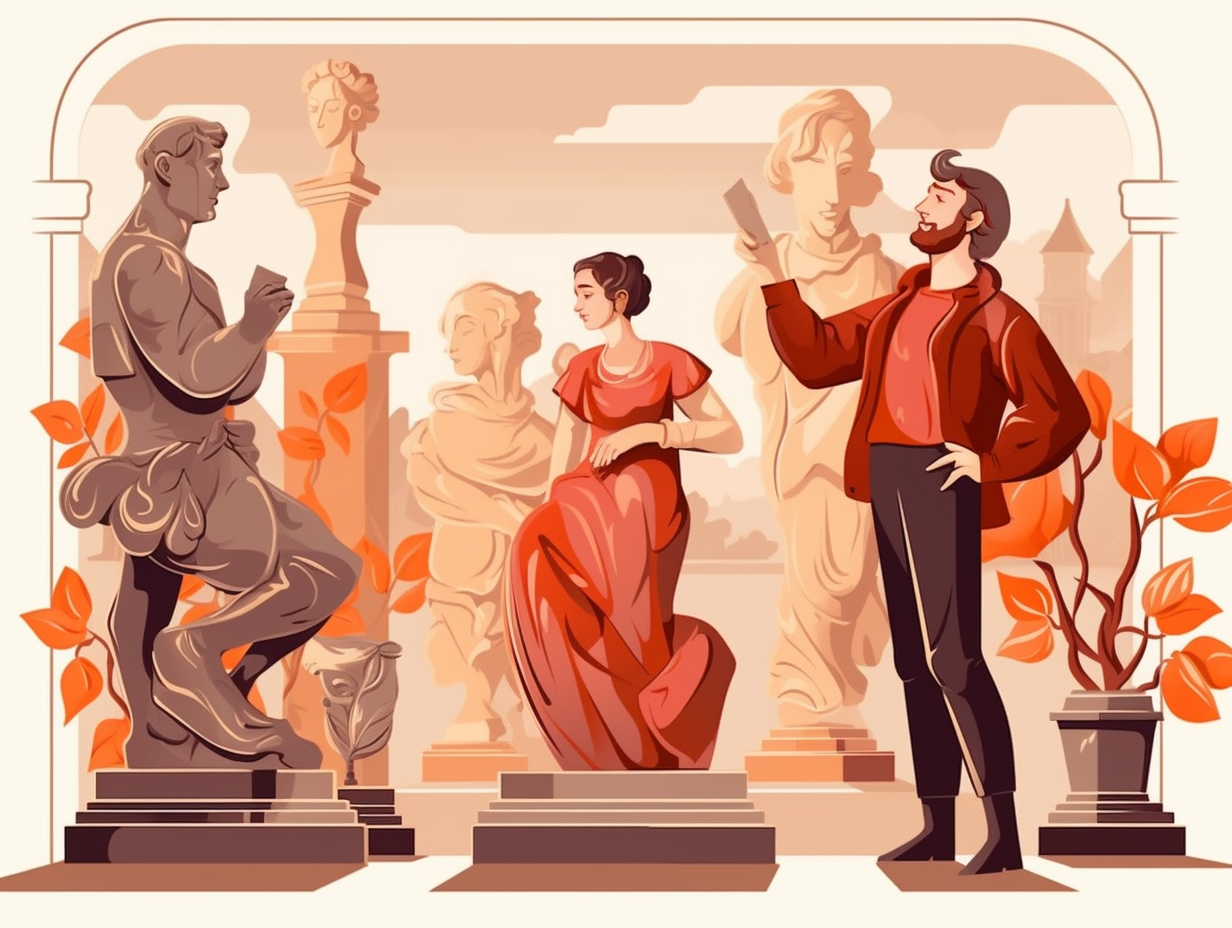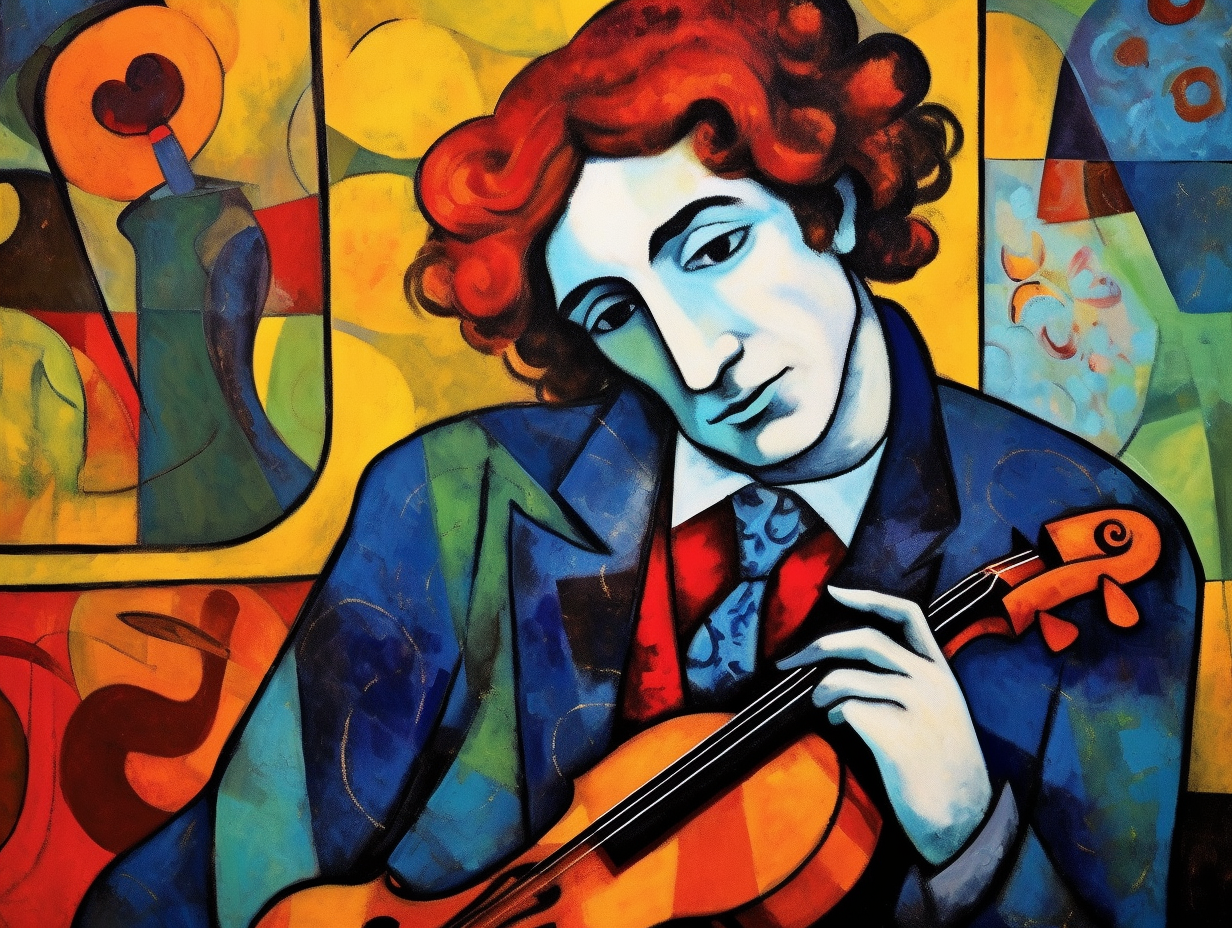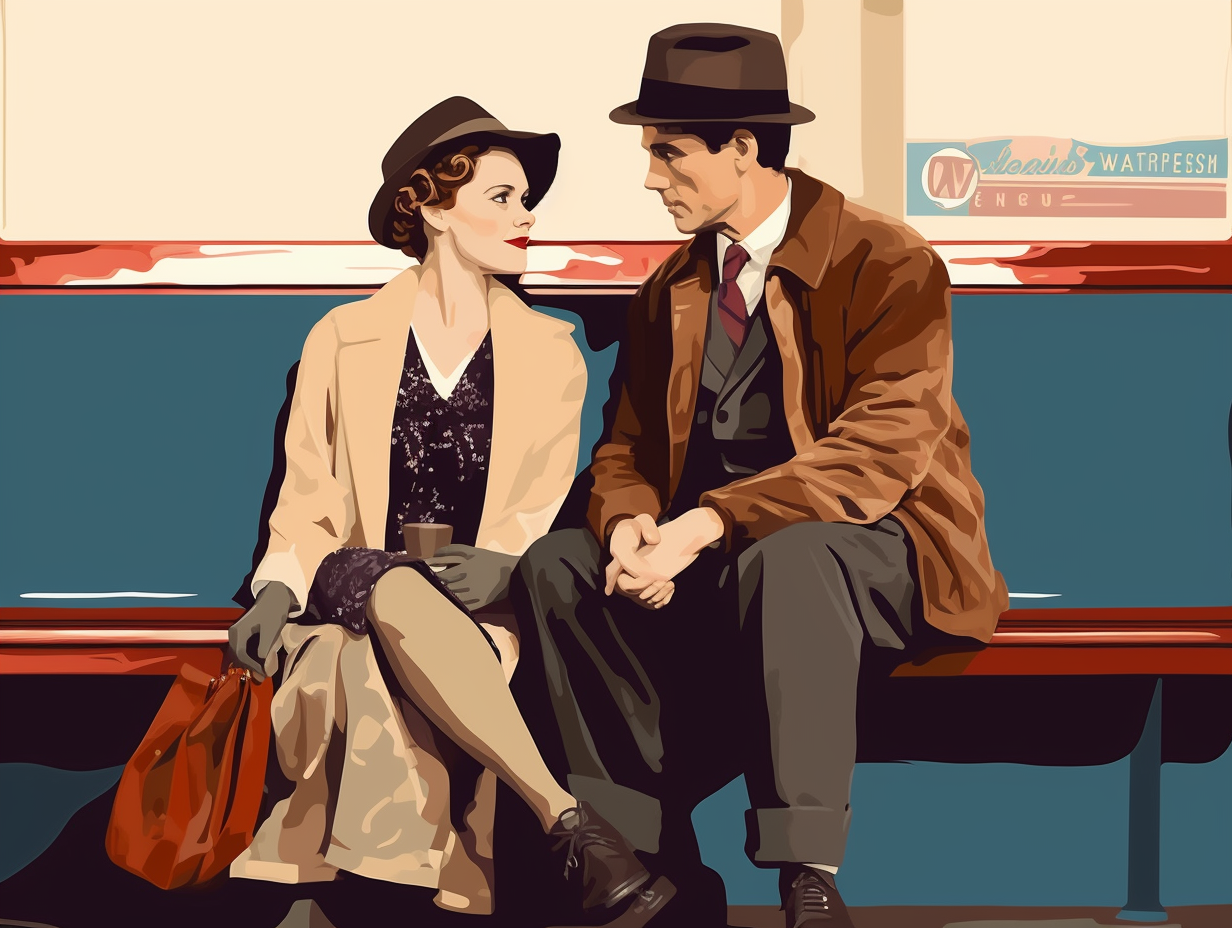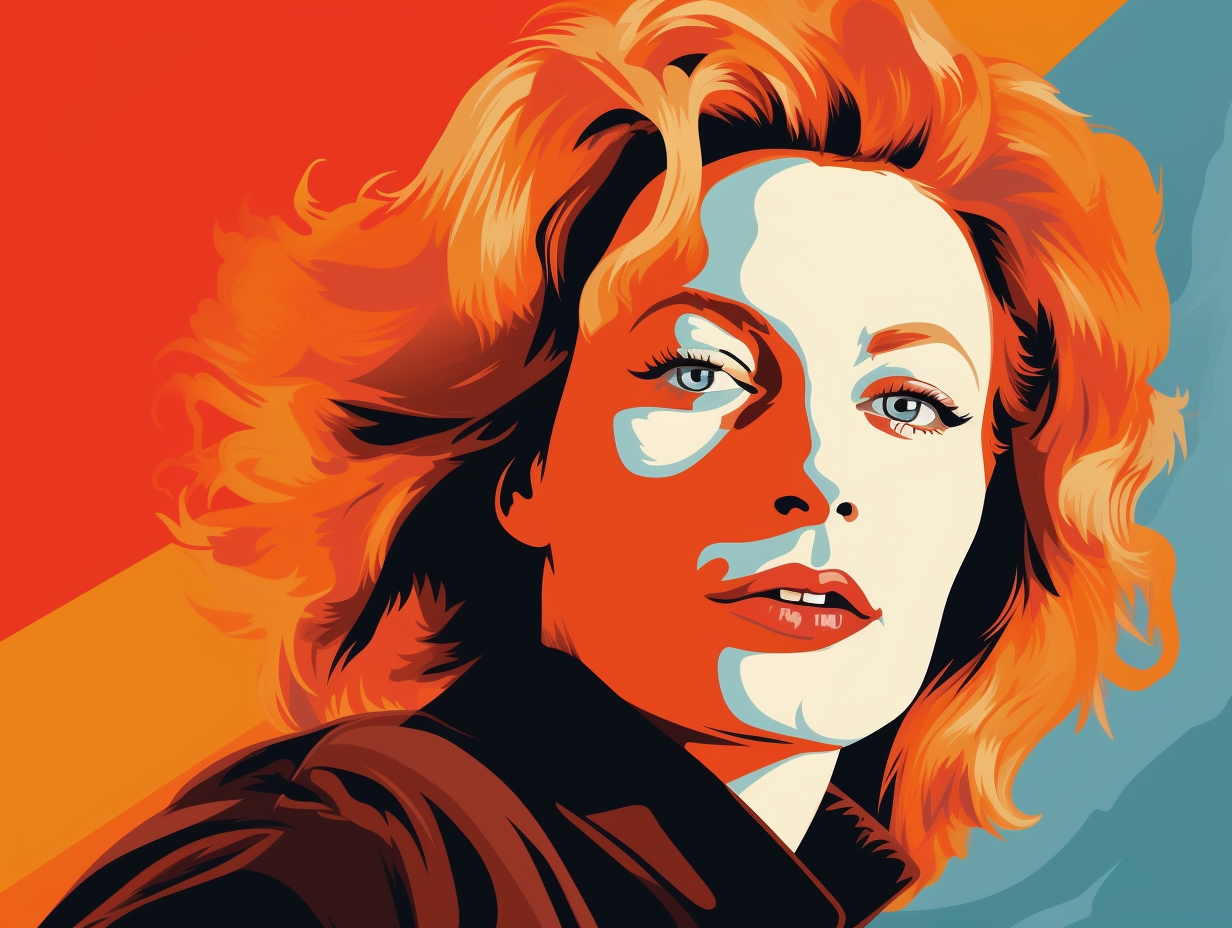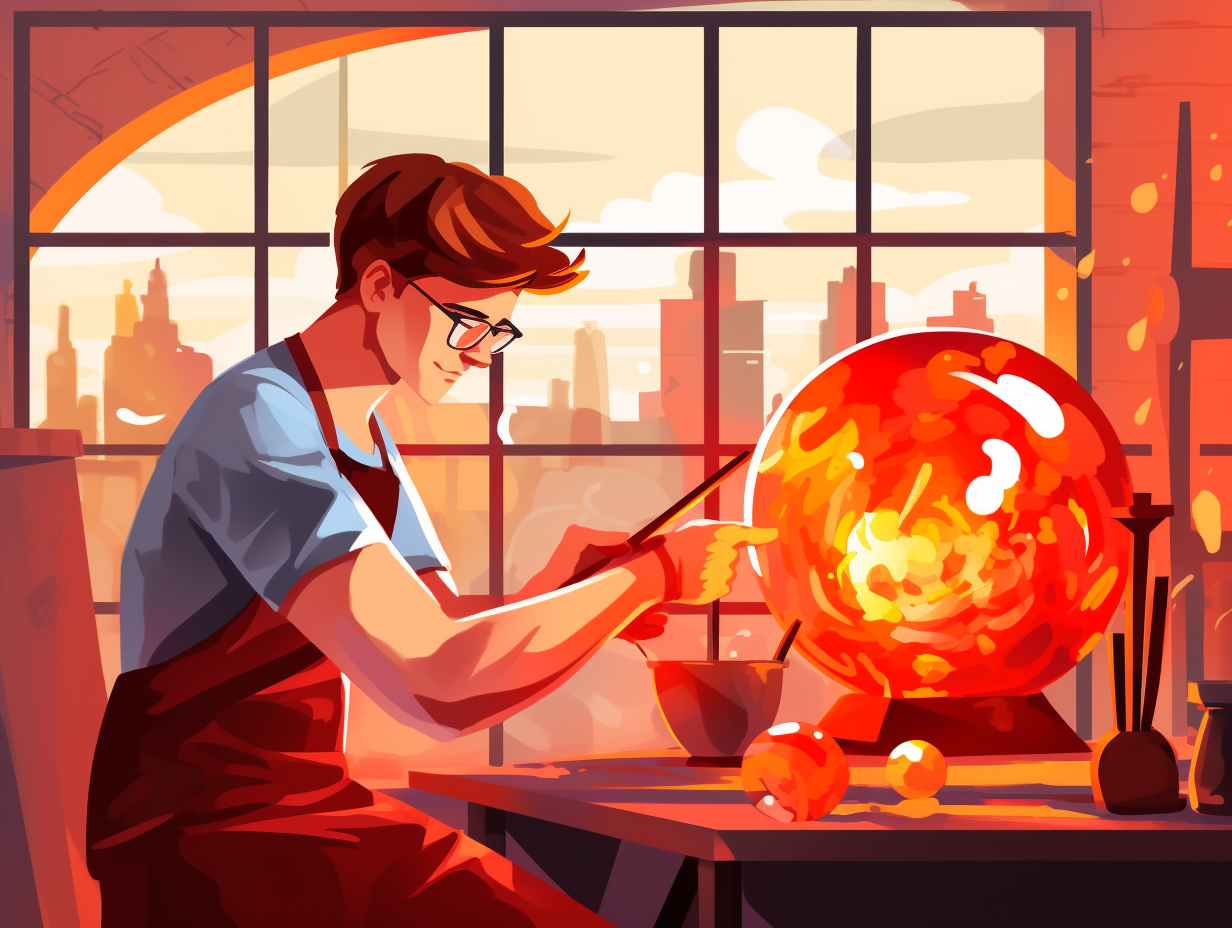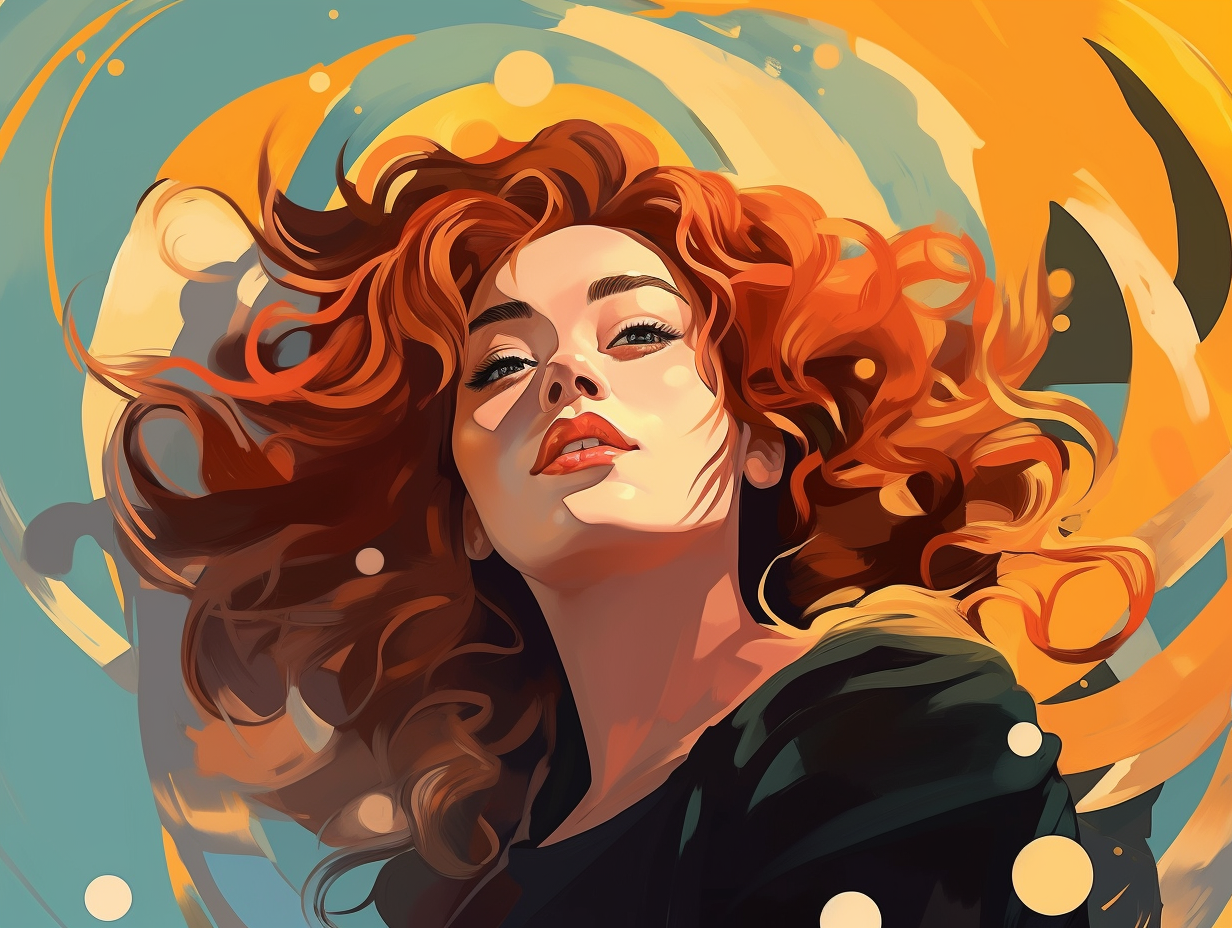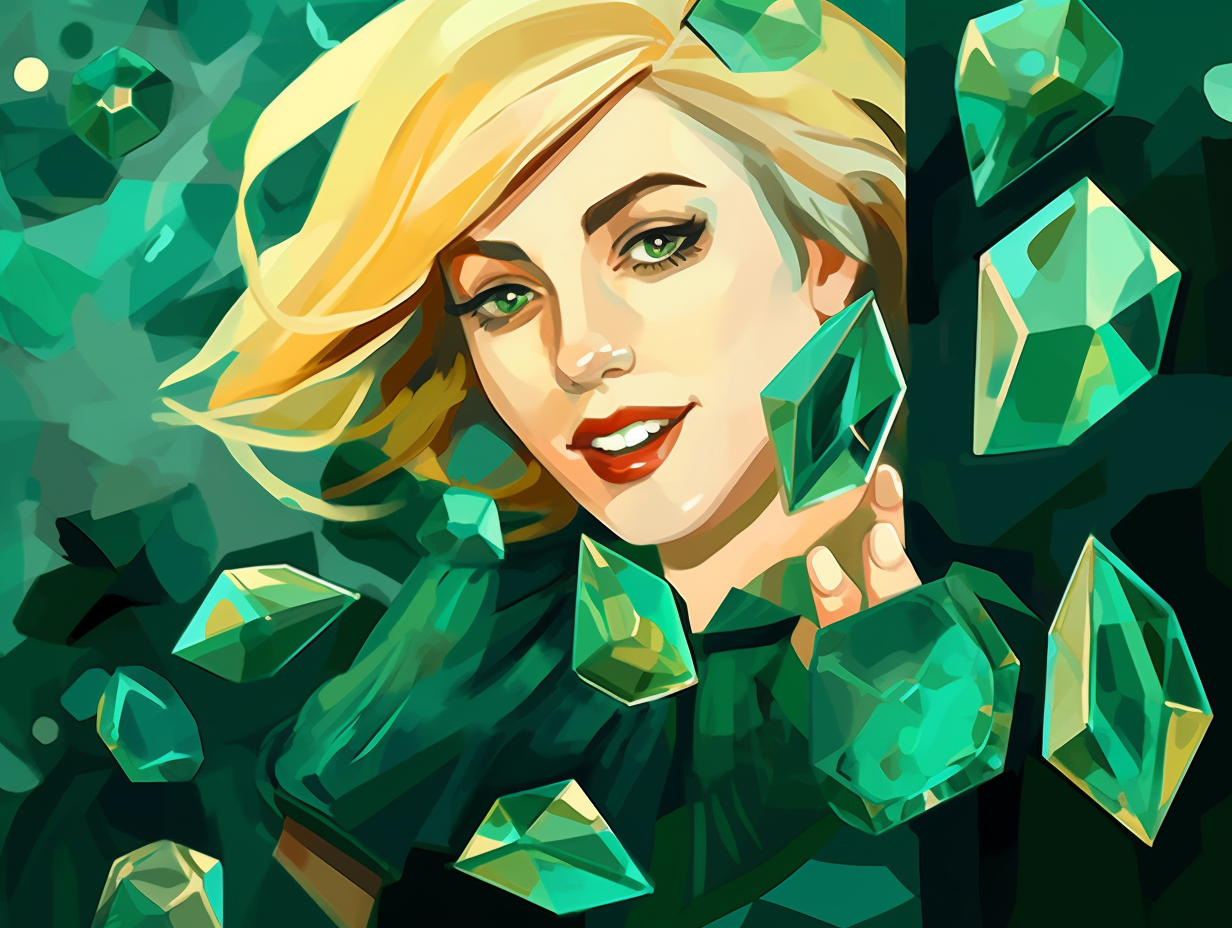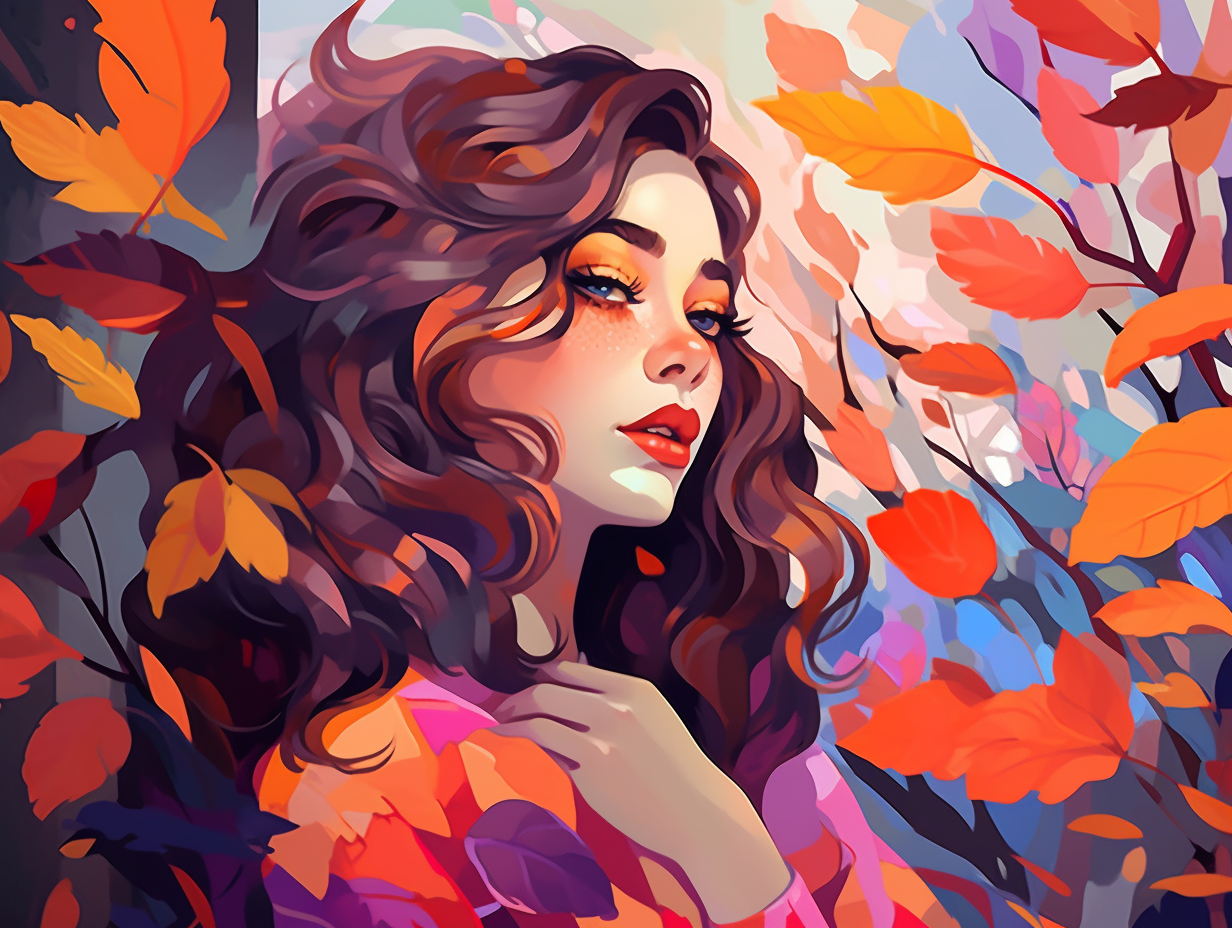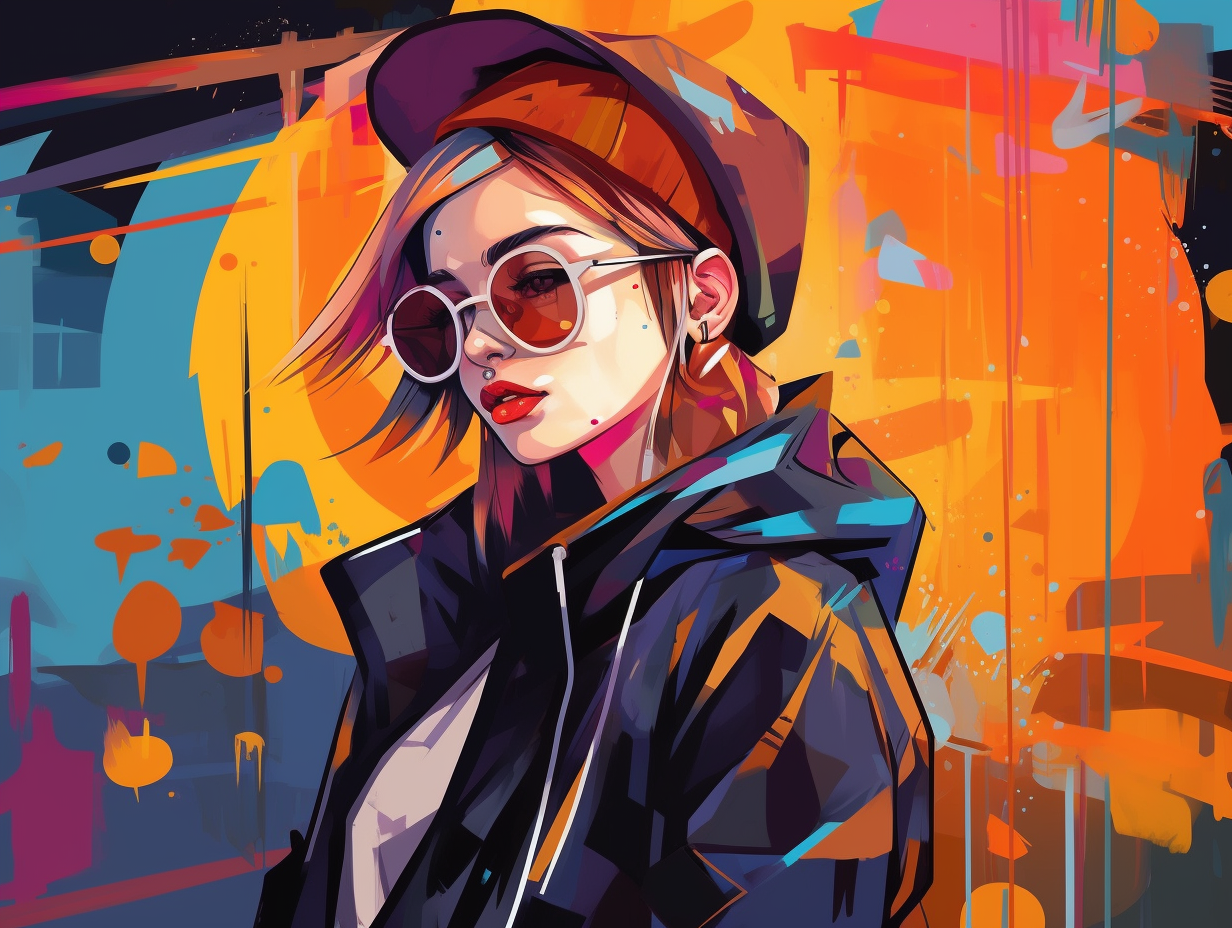Unveiling the Surreal: 14 Fun and Fascinating Facts about Surrealism in Paris & Beyond

1. Dali's Freudian Snail Connection
Imagine if Freud was feeling a bit sluggish: Salvador Dali might have been the culprit! There's nothing slow about the importance of snails in Dali's surreal art, as they were one of many everyday objects turned into symbols, representing themes such as mortality, sexuality, hope, and power. The slimy gastropod even shared a connection with Freud's head, after their fateful meeting.
Source => thedaliuniverse.com
2. Surrealist Bar Encounter: Dali and Magritte
When Salvador Dali and Rene Magritte walked into a Parisian bar in 1929, the bartender asked, "What'll it be, gentlemen? Surreal on the rocks or a twist of subconscious?": This chance meeting in Paris led to a decades-long artistic relationship between the two Surrealist masters, whose combined creative genius brought to life over a hundred imaginative works that broke conventional norms and explored the depths of the human subconscious.
Source => designartmagazine.com

Did you know that Picasso's painting Women of Algiers (Version O) holds the record for the most expensive painting ever sold at a jaw-dropping $179.4 million? Discover more astonishing art facts!
=> Fun Facts about Art
3. Unlocking the Subconscious: Surrealist Party Games
When the artist's muse decided to paint the town red or merely experiment with blind dates: Surrealists engaged in playful techniques such as automatic writing, free association, and the Exquisite Corpse game, believing that unlocking the deep subconscious allowed for more powerful creativity than any intentional thought process.
Source => moma.org
4. André Breton's "Exquisite Corpse": Origin Story
Before exquisite corpses became the name of an indie rock band and the moniker for mysterious detective novels, it was the ultimate fun and games night with a side of surrealism: André Breton, founder of the Surrealist movement, fashioned the "Exquisite Corpse" game to explore the limitless possibilities of collaboration and free association, leading to the birth of "pure psychic automatism" and foreshadowing the techniques of Abstract Expressionists in the 1940s.
Source => theartstory.org

5. Dada Vs. Surrealism: Sibling Rivalry
From Dada's absurd theatrics to Surrealism's exploration of the human brain's nooks and crannies: The Dada movement, a precursor to Surrealism, focused on nonsense and anti-bourgeois protests, while Surrealism aimed to unlock the creative potential of the unconscious mind, emerging as the more politically and culturally involved sibling in the 1920s.
Source => en.wikipedia.org
6. Max Ernst and His Feathered Alter Ego
Why did the surrealist artist cross the road? To escape the eerie shadow of his birdie confidante, of course: Max Ernst's feathered alter ego Loplop, who hatched from a childhood pet tragedy, nested comfortably within his art as a symbol of his ever-peculiar imagination and whimsical creativity.
Source => theartstory.org
7. Scribbling on the Walls: Surrealist Writers
Surrealist writers, channeling their inner toddlers scribbling on the walls: they weren't just on a quest for nonsensical gibberish! In fact, their technique of automatic writing aimed to liberate the subconscious mind, allowing it to express itself without any constraints of logic or self-censorship. This curious approach was heavily influenced by the intellectual passions of surrealist leader André Breton, who found deep connections with psychoanalysis and Freud's theories. So, their intention was not to create a literary equivalent of throwing paint at a canvas, but to explore the hidden depths of the mind and extract transcendent, poetic masterpieces from it.
Source => surrealismart.org
8. Surrealist Photographers: The OG Filter Fanatics
In a world where Photoshop reigns supreme, Surrealist photographers were the OG filter fanatics, bending reality to their not-so-innocent whims, and giving us a glimpse of figures that made Salvador Dalí’s mustache curl: Surrealist maestros like Man Ray and Hans Bellmer used their lens-lovin' wizardry to morph women's bodies into all sorts of wild, wacky, and often wonderfully phallic configurations, leaving their audience both scandalized and intrigued.
Source => khanacademy.org
9. Mind-Bending Illusions: From Arcimboldo to Escher
Ladies and gentlemen, prepare to have your minds twisted like a Salvador Dalí mustache: Surrealist artists, such as Giuseppe Arcimboldo and MC Escher, were famous for creating mind-bending optical illusions using trompe-l'oeil techniques and intricate mathematical patterns, even inspiring modern street artist Banksy to incorporate illusions into his works.
Source => bbc.com
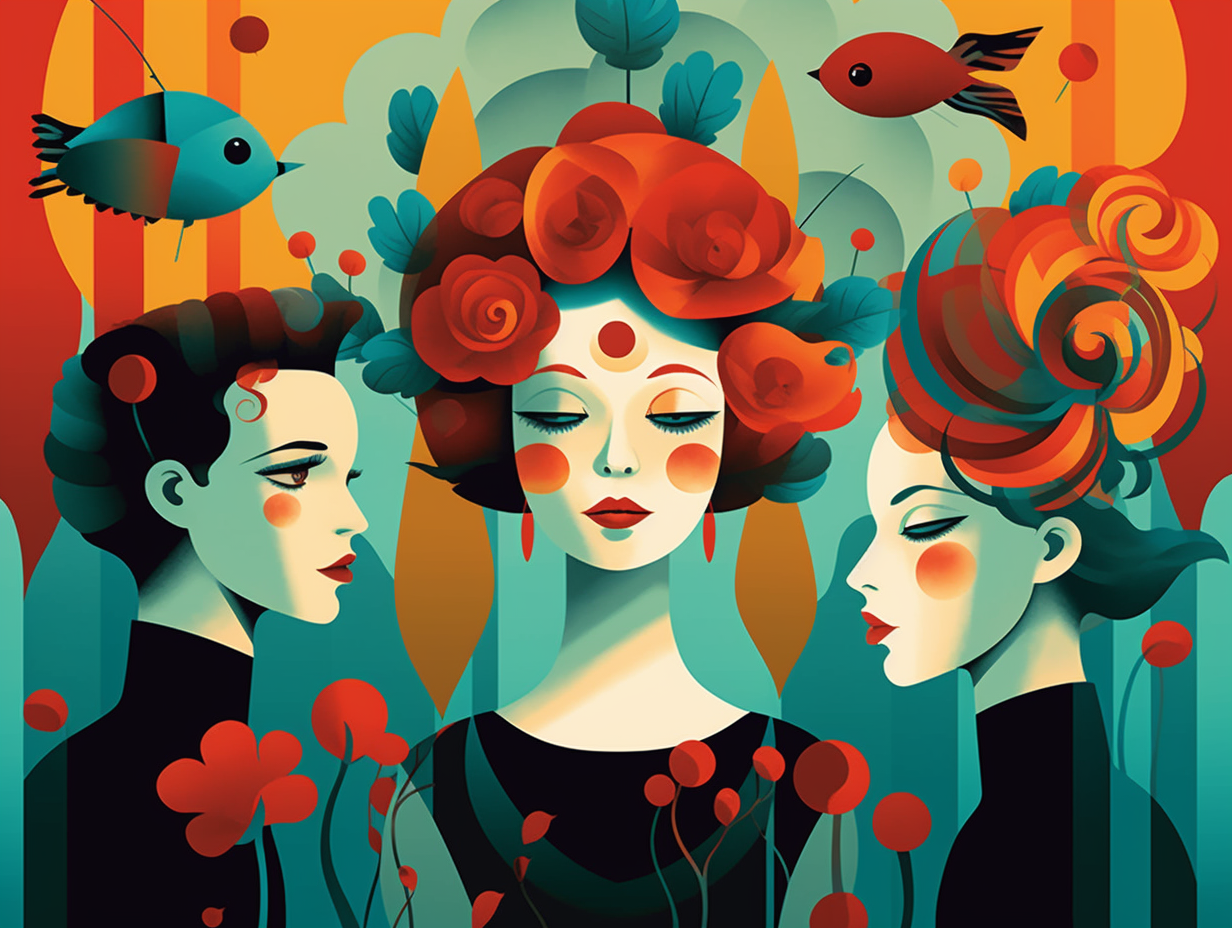
10. Leonora Carrington: The Rebellious Belle of Surrealism
Who needs family approval when you've got a paintbrush and a dream: Leonora Carrington, the rebellious belle of Surrealism, defied her traditional background and expectations to dive into the mysterious world of Surrealism, creating art that explored the depths of dreams, spirituality, and sexuality—despite the challenges she faced as a woman in the male-dominated movement.
Source => thecollector.com
11. Max Ernst's Fishbone Forest Adventure
If a tree falls in Max Ernst's Fishbone Forest, does it make a dreamy, surrealist sound? Find out as we plunge into the depths of Ernst's imagination, where wood stains get a starring role in a performance known as "frottage": Max Ernst created the Fishbone Forest by employing his artistic technique called "frottage," where he rubbed natural textures like wood stains onto paper to craft a dreamlike landscape that challenges the boundaries between reality and imagination. This masterpiece reflects Ernst's affinity for blending philosophy and psychiatry into his iconic surrealist work, though no fish bones were used in the process.
Source => artchive.com
12. Salvador Dali's Melting Clock Mystery
Ever wondered why Salvador Dali's clocks had a meltdown? Perhaps they couldn't "stand the test of time," or maybe they were just "overwrought" by their late-night binge-watching of "Timeless" reruns: In "The Persistence of Memory," the melting clocks symbolize the fluidity of time and memory, while representing decay with ants on the pocket watch and a mysterious egg adding to the dream-like world, showcasing Dali's fascination with the unconscious mind.
Source => dalipaintings.com
13. Joan Miró: Dancer of Art Forms
Joan Miró was clearly not a one-trick pony, as his artistry managed to dance across the stage and sashay into our hearts like a French ballerina with a penchant for abstract: his creations dabbled in printmaking, sculpture, and collage, while also moonwalking into the realm of costume and prop design for ballet performances.
Source => thecollector.com
14. Meret Oppenheim's Furry Teacup Revolution
Imagine spilling the tea in style, with a teacup draped in fur like a fancy aunt at a cocktail party: Meret Oppenheim, a surrealist artist, created quite the stir with her piece titled "Object" – a Chinese gazelle fur-covered teacup, saucer, and spoon that dared to defy societal norms and femininity, becoming an iconic symbol of the surrealist movement.
Source => moma.org
Related Fun Facts


